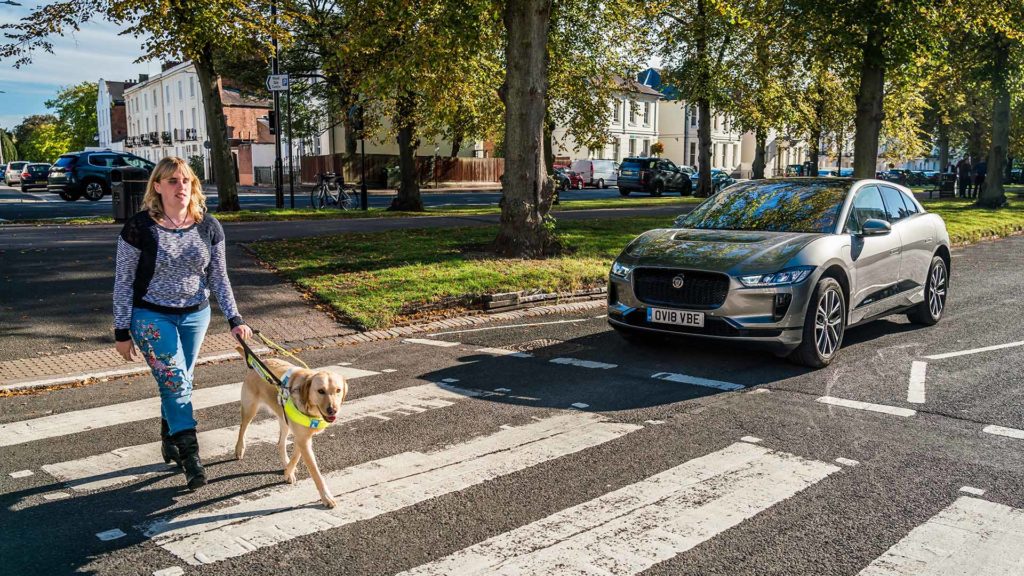Electric cars are required by law to make some noise. An Acoustic Vehicle Alert System (AVAS) must be fitted to alert pedestrians and other road users that an EV is approaching.
AVAS has been mandatory across Europe for all new electric and hybrid cars since 1 July 2019. The regulation also applies to every EV and hybrid registered after July 2021.
In simple terms, these systems add exterior noise to quieter vehicles to improve road safety in built-up areas.
Sound generators produce a specified level of noise when the car is reversing or running at speeds of less than 12mph (20kph). This is particularly important for pedestrians with visual impairments, but also for other vulnerable road users such as cyclists and children.
The sound of safety

For car manufacturers, the AVAS regulations are an opportunity to experiment with different sounds. Although the acoustic alert must comply with legislation and sound inoffensive (take note, Tesla), car manufacturers can use something that suits their brand profile.
Rudi Halbmeir, a sound designer at Audi, said: “It’s funny, it used to be my job to make the cars as quiet as possible. Now I have to make them louder with artificial sounds.”
Fellow sound designer Stephan Gsell added: “The noise should not just meet the legal requirements, it should also be pleasant to listen to – and just be a nice sound overall. If you drive Audi, you should hear Audi.”
Interestingly, thanks to varying level requirements, an electric Audi will sound exactly the same in Europe and China, but the US version will be different. In America, AVAS is required at speeds of up to 19mph (31kph).
AVAS is nothing new. Since its launch in 2012, the Renault Zoe has been equipped with a ZE Voice system, which is active at speeds from 1mph to 18mph. The frequency of the noise changes as the speed increases. You even get a choice of sounds, so you can create your own science fiction symphony.
Zimmer and a Bimmer
As seen (and heard) in the video above, BMW has collaborated with Hollywood composer Hans Zimmer to create soundtracks for its electric cars – including the sporty M models. The result, it says, is an ‘orchestra of emotions’ that does more than simply enhance safety.
Other brands, such as Nissan, Jaguar and Mitsubishi, were also ahead of the curve in terms of meeting AVAS legislation. The sound of the Jaguar I-Pace, for example, was tested by members of charity Guide Dogs for the Blind.
A spokesperson said: “Guide Dogs campaigned hard to make it compulsory for quiet vehicles to have sound generating systems built in and turned on, including when the vehicle is stationary at a pedestrian crossing.”
Tech companies such as Siemens and Harman have also been working on sound generators for many years. Harman started developing a suite of active noise management solutions back in 2009. Its external Electronic Sound Synthesis (eESS) system projects a specific sound from speakers at the front and rear of the vehicle.
One thing is for certain: thanks to compulsory AVAS systems, electric cars might be quiet, but they will never be totally silent.
ALSO READ:
How much road tax will I pay for an electric car?

